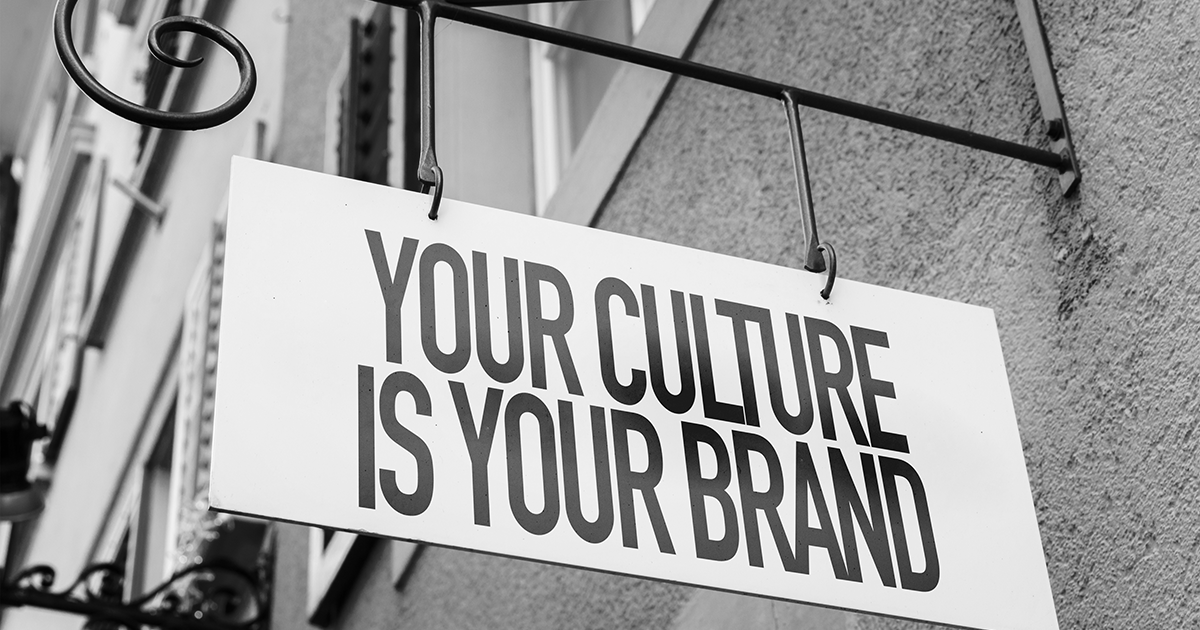How Culture Impacts the Bottom Line
June 5, 2023 •Jeff Owen l Arête Purpose Consulting

Asking what defines rich organizational culture is like asking how to describe great jazz.
You know it when you hear (or see) it.
An organization’s culture is defined by its beliefs and behaviors – externally and internally. You see it in the fundamental traits of managers and employees, such as how they treat their customers and each other.
It shows up when visitors are greeted at the door and when employees are encouraged to share their ideas. It bears out when its leaders practice good faith in negotiations and when financial success is shared with those who made it happen.
Rich culture is revealed in the organization’s commitment to do the right thing.
Beyond these obvious virtues, there are financial reasons why successful organizations make great culture a priority.
Duke’s Fuqua School of Business surveyed more than 1,400 North American CEOs and CFOs and reported that “Overwhelmingly, healthy corporate culture is essential for a company to thrive.”
The survey also discovered that:
- More than 90 percent of corporate leaders said that culture was important for their firms.
- 92 percent said they believed improving their firm’s corporate culture would improve the value of the company.
- More than 50 percent said corporate culture influences productivity, creativity, profitability, firm value and growth rates.
Likewise, a Columbia University study showed that employee turnover at companies with great culture was 13.9 percent. Meanwhile, companies with poor culture, on average, suffer 48.4 percent turnover.
Any Human Resources Director knows that retaining an employee is far less expensive than hiring and training a new one.
Finally, University of Warwick researchers found that happy workers are 12 percent more productive than the average worker, and unhappy workers are 10 percent less productive. They concluded that unhappy employees cost American businesses more than $300 billion each year.
Here are three other reasons why having a great company culture is critical to the bottom line:
It Focuses on What Really Drives Results
Organizations spend lots of time and money determining their mission statements, creating messaging strategies and defining customer profiles. They regularly review their return on investment ratios and quarter financial performance results. All of this can be managed from a spreadsheet.
However, if they don't measure and address bad behavior and poor morale, the Excel document might show a red bottom line. A toxic work environment can lead to lax performance and poor customer service. Let's not forget that customers overwhelmingly make repeat purchasing decisions based on their experiences and emotions.
Great People Want to Join You and Stay on Board
The research firm Brainworks notes that “An organization’s success depends on hiring the right people and giving them the opportunity to grow. The best employees are driven not by money, but by being in sync with your company’s mission, vision and values.”
More than 52 percent of people are unhappy in their jobs, and their dissatisfaction often has little to do about pay. It’s about culture.
A Boston Consulting Group survey supported this when it listed the top reasons for job satisfaction:
- Appreciation for your work
- Good relationships with colleagues
- Good work-life balance
- Good relationships with superiors
Pay ranked No. 8.
Defining and Enhancing Your Brand Identity
Every Google employee knows and lives their brand culture message: "Don't be evil."
Successful organizations blend psychology, ideas, attitudes and beliefs into their culture. The result shapes their story and influences how their employees handle their work (and personal) time. Strong brand culture promises big returns for a business – by developing and influencing the external reputation.
Common Barriers and Solutions to Cultural Change
Cultural change is not always easy. Here are 5 common barriers and how to overcome them:
Resistance Rooted in Apprehension – At the end of the day, people worry how change will impact them. They want to know if they can adapt to cultural change and – if not – whether they might lose their jobs. Sensitivity to their concerns and providing honest assurances are key to overcoming this barrier.
Unclear or Uncertain Goals – People want to know why things are changing, especially if they don't understand the importance and impact of rich organizational culture. Communication – even overcommunication – should define the reasons behind the mission and provide steps in the journey. They also should feel comfortable providing input and ideas along the way.
Hard Habits Not Easily Broken – People love their comfort zone. By nature, they love routine. Training and support go a long way in helping the transition. And if an organization wants a more compassionate culture, the leaders need to show it to their employees.
Clashing Values and Beliefs – This can be a complicated and complex barrier. Religious and socio-economic differences among the workforce can pose significant challenges. Again, a process that encourages communication and promotes engagement helps address differences in a diversified environment.
Negative Influencers – There are times when some people in an organization not only resist change, but lead the charge against it. They refuse to adapt, no matter how hard leaders engage them. In those cases, it is best to weed the garden and remove them (amicably) from the organization.
Jeff Owen is a Partner with Arête Purpose Consulting and is a Partner with Clever Dogs Media. When talking about organizational culture, he thinks of Abraham Lincoln's quote: “Character is like a tree and reputation its shadow. The shadow is what we think it is and the tree is the real thing.”

